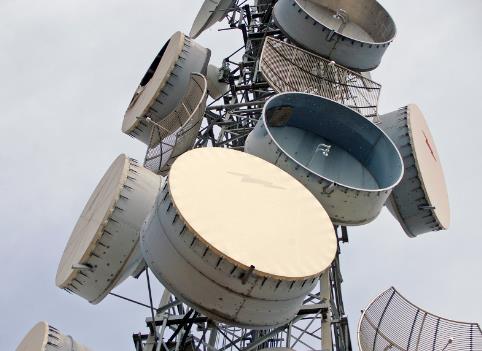What Is the Purpose of Puerto Rico's Satellite Dish?
Puerto Rico's most famous satellite dish, the Arecibo Observatory, was a marvel of engineering and a beacon of scientific inquiry for over half a century. Before its unfortunate collapse in December 2020, the Arecibo Observatory's large satellite dish served multiple crucial roles in advancing our understanding of the universe. This article highlights the diverse applications and significant contributions of this iconic instrument.

Astronomical Research
The primary purpose of the Arecibo Observatory's Puerto Rico satellite dish was to conduct cutting-edge astronomical research. With a diameter of 305 meters (1,000 feet), it was one of the world's largest single-aperture telescopes, providing scientists with an unmatched tool to study the cosmos.
Key Astronomical Functions:
- Planetary Radar Mapping: The observatory used radar to map the surface of planets and moons in our solar system, including detailed studies of Venus, Mars, and Jupiter's moons.
- Search for Extraterrestrial Intelligence (SETI): Arecibo played a pivotal role in the SETI program, scanning the heavens for signals from intelligent life forms elsewhere in the universe.
Studying the Earth's Atmosphere
Beyond its astronomical applications, the Arecibo dish was instrumental in studying Earth's atmosphere. The facility conducted research into the ionosphere, the layer of the Earth's atmosphere that is ionized by solar and cosmic radiation.
Atmospheric Studies Included:
- Ionospheric Heating Experiments: The observatory's powerful transmitter was used for modifying the properties of the ionosphere, allowing scientists to study the effects of such changes on radio signal propagation and satellite communication.
- Climate and Weather Research: Arecibo's radar capabilities facilitated detailed analysis of the atmospheric conditions influencing climate and weather patterns.
Tracking Near-Earth Objects
Another critical function of the Arecibo Observatory was tracking and characterizing asteroids and comets that pass close to Earth. This research was vital for assessing potential asteroid impact threats and studying the characteristics of these near-Earth objects.
Benefits for Planetary Defense:
- Asteroid Mapping: Arecibo could produce detailed images of asteroid surfaces, helping scientists understand their composition and structure.
- Orbit Refinement: The radar data collected helped refine the orbital calculations for potentially hazardous asteroids, crucial for early threat assessment.
Contributions to Radio Astronomy
The Arecibo Observatory was also a staple in the field of radio astronomy, which studies celestial objects at radio frequencies. The dish's vast size allowed for extremely sensitive reception of radio waves from space, contributing to numerous discoveries.
Radio Astronomy Achievements:
- Discovery of Pulsars: Arecibo was instrumental in detecting new pulsars, including the first binary pulsar, which provided the first indirect evidence for gravitational waves.
- Galactic Exploration: The observatory mapped radio emissions from galaxies, improving our understanding of galactic structure and evolution.
Conclusion
Although now lost, the Puerto Rico satellite dish at Arecibo Observatory significantly advanced our knowledge across various scientific fields, from astronomy and atmospheric science to planetary defense and radio astronomy. Its legacy continues to inspire current and future generations of scientists and engineers dedicated to exploring the unknowns of our universe and protecting our planet. The contributions of the Arecibo Observatory have left an indelible mark on the scientific community, making it a symbol of human curiosity and ingenuity.
